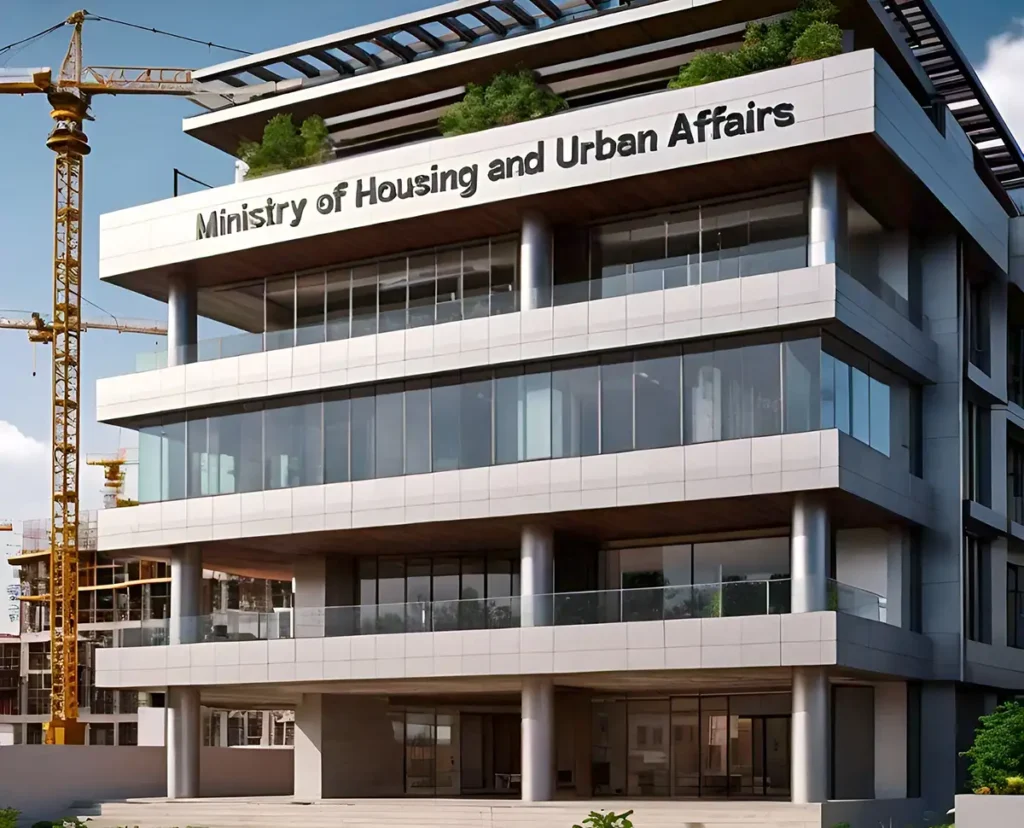
Understanding the Relationship Between Economic Cycles and Real Estate Market Performance
The real estate market is closely intertwined with the broader economic environment, responding to shifts in economic cycles such as booms and recessions. Understanding this relationship can provide valuable insights for investors, developers, and policymakers alike.
Economic Booms and Real Estate

During economic booms, characterized by strong GDP growth, high employment rates, and increased consumer confidence, the real estate market typically experiences significant growth. key factors driving this growth include:
Increase Demand: With higher disposable incomes and greater job security, individuals are more likely to invest in real estate. This leads to increased demand for both residential and commercial properties, pushing prices upward
Easy Access to Credit: During boom periods, banks and financial institutions are more willing to lend, often at lower interest rates. This accessibility to credit facilitates more real estate transactions, further stimulating the market.
Rising Property Values: Increased demand coupled with easy credit access generally results in rising property values. Investors, seeing the potential for high returns, are more inclined to invest in real estate, fueling a cycle of growth and expansion.
Construction Boom: Developers are more likely to undertake new projects during economic booms, anticipating strong demand. This leads to a surge in construction activity, contributing to economic growth and job creation.
Economic Recession and Real Estate
Conversely, during economic recessions, marked by declining GDP, rising unemployment, and reduced consumer spending, the real estate market tends to suffer. Key impacts include:

Decreased Demand: Economic uncertainty and job insecurity cause potential buyers to hold off on purchasing properties. This leads to a decline in demand for real estate, putting downward pressure on prices.
Tightened Credit Conditions: Financial institutions become more cautious during recessions, often tightening lending criteria and increasing interest rates. This makes it harder for individuals and businesses to obtain mortgages or loans for real estate investments, further dampening market activity.
Falling Property Values: With decreased demand and tighter credit conditions, property values often decline. Can result in a negative wealth effect, where home owners and investors feel poorer, further reducing their spending and investment activities.
Slowdown in Construction: Developers may halt or delay new projects due to uncertain market conditions and lack of financing. This slow down in construction activity can lead to job losses and further economic contraction.
The Role of Government and Policy
Government policies and interventions can play a crucial role in mitigating the effects of economic cycles on the real estate market. During recessions, measures such a slow interest rates, providing tax incentives, or implementing housing stimulus programs can help revive the market. Conversely, during booms, policies aimed at preventing overheating, such as tightening lending standards or increasing property taxes, can help maintain market stability.

Conclusion
The performance of the real estate market is deeply influenced by the broader economic cycles of booms and recessions. While economic booms tend to drive growth and expansion in real estate, recession soften lead to contractions and declining property values. Understanding these dynamics is essential for making informed decisions in real estate investment and development. As economic conditions fluctuate, adaptive strategies and policies are crucial to navigating the complexities of the real estate market.





